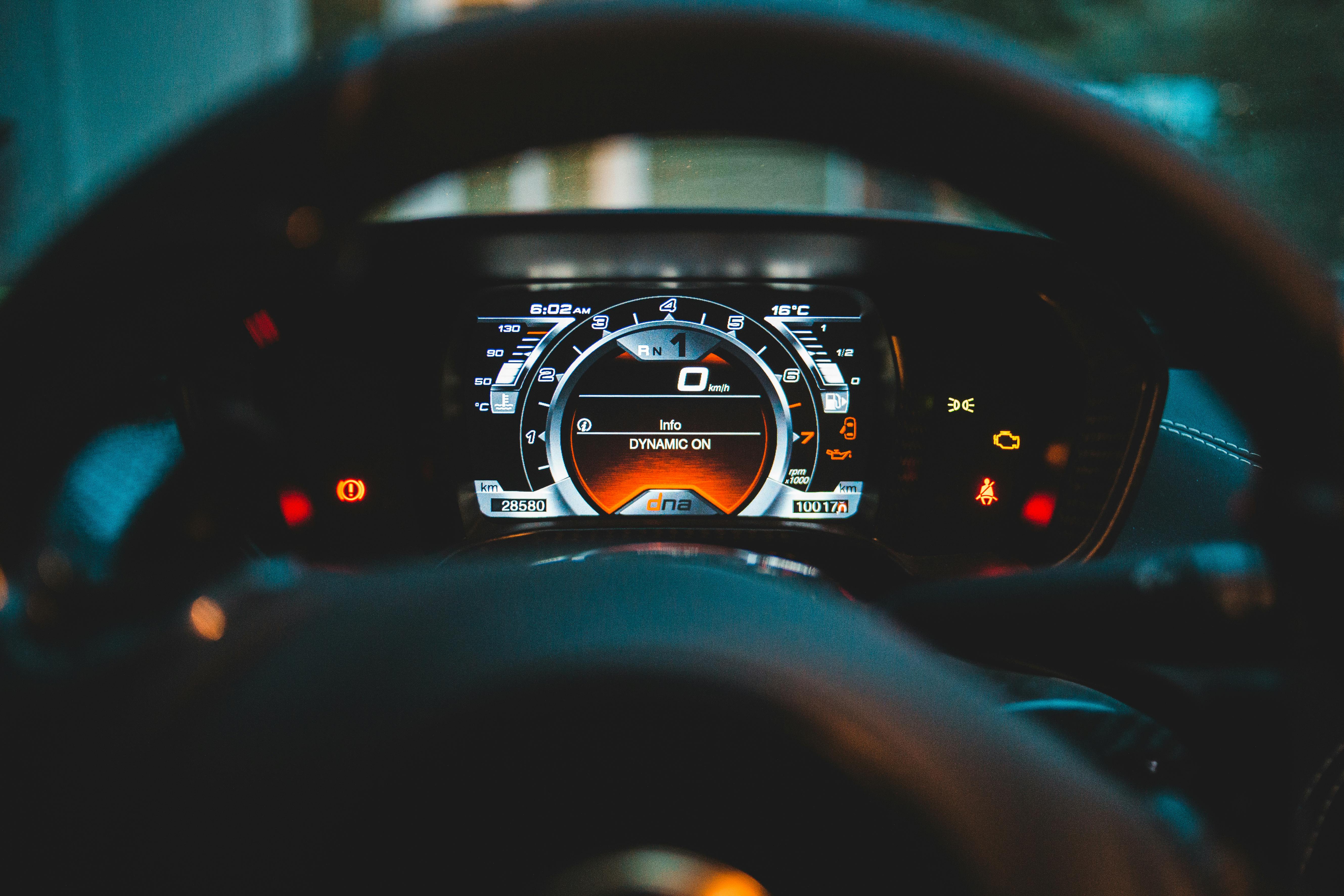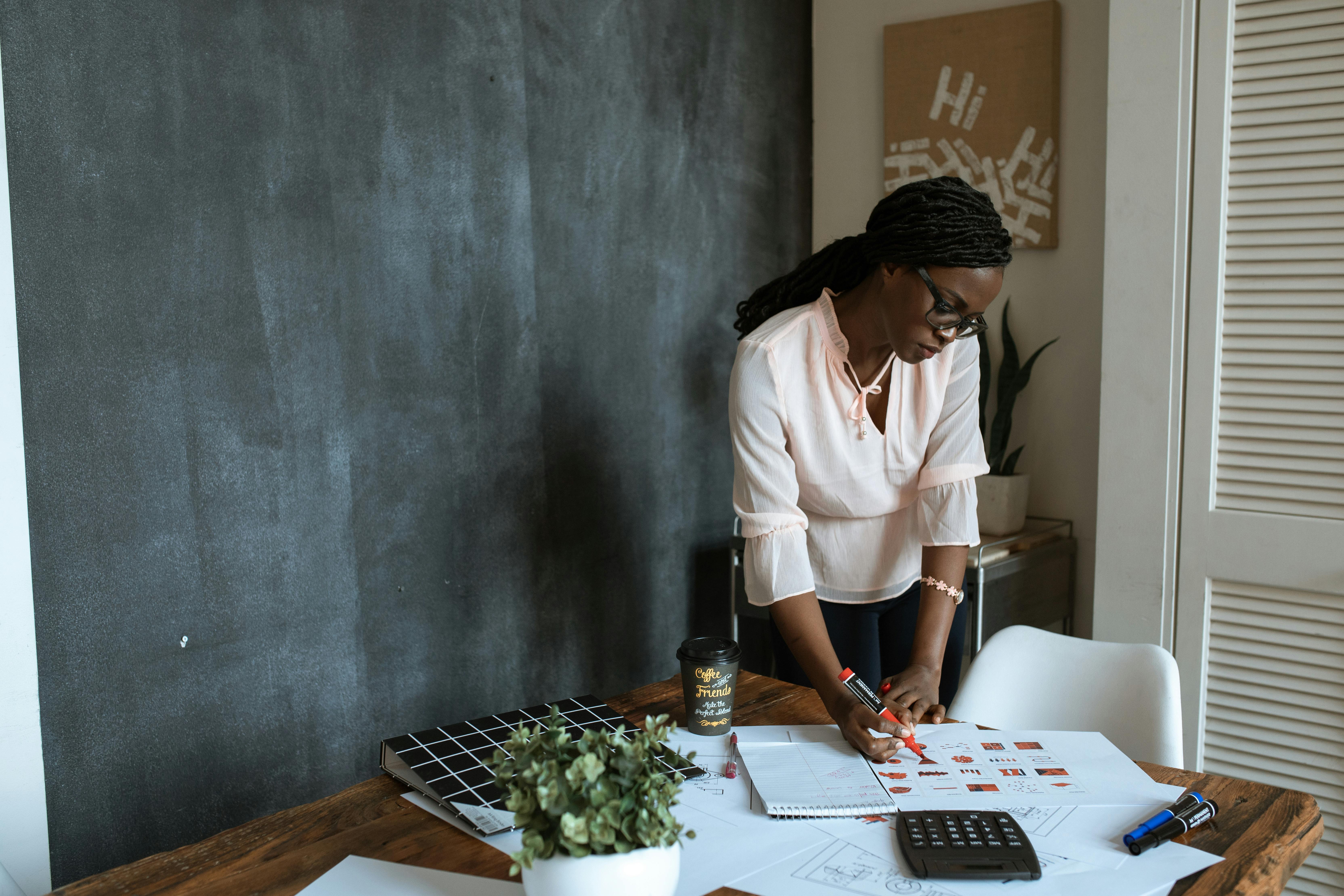The information processing model involves the storage of information in memory, the retrieval of information from memory, and the execution of a movement in response to the information (Keele). This sounds interesting and useful for golf. This article tries to apply the knowledge we know about the information processing model to improve golf.
To begin with, the human memory system consists of 3 memory stores: the sensory information store; Short term memory; and Long Term Memory. It is important to understand how the 3 stores work so that we can use our memories in the most effective way.
The first stage in the memory system is the Sensory Information Store, sometimes called the sensory (Cox) register. The sensory register has the capacity to hold large amounts of information, but only for very short periods of time. In fact, it is so short that the information is only stored in the sensory register for half a second. Information briefly stored in the sensory store enters through input from our senses: vision, hearing, touch, smell, and taste.
The information is then transmitted to the center of the Information Processing System – short-term memory. Short-term memory is the center of the information processing system because it receives information from the sensory store as well as from permanent memory. The key to short-term memory is that information is lost unless it is highly significant or quickly rehearsed and memorized. For example, if you received a tip from your swing coach and only practiced it once, for example, chances are you’ll forget it.
It is enough to conclude that if a person rehearses information in short-term memory for 20 to 30 seconds, then it will move to long-term memory storage. The effectiveness of a person’s short-term memory abilities is also aided by their ability to skillfully chunk information, that is, the processing of combining several separate pieces into larger ones. For example, a golfer can easily remember golf swing technique by dividing information into categories such as “the setup, the backswing, and the downswing,” for example, making it easier to remember swing information.
Information sufficiently fragmented and rehearsed in the short term will pass into long-term memory. Unlike the sensory register and short-term memory, the information in long-term memory is permanent. Information in long-term memory can be continually updated along with short-term memory. For example, if a golfer rehearses a swing tip long enough and it works, he will store that information permanently.
The other thing to note about long-term memory is that information is strengthened by retrieving information in short-term memory for rehearsal. Suffice it to say that it is important to complete the lesson summary and monthly audit exercises that I have designed below:
1) Do a ‘lesson recap’ after swing lessons.
Buy a book to use as a journal for the lesson. In the evening, after a swing lesson, write down any instructions your coach has given you, for example: ‘Soften your right elbow on the backswing when you chip, allowing your right arm to swing at the elbow.’ Below this, write adjectives to describe how the new move feels when executed correctly. For example: ‘relaxed’ or ‘smooth’ would match the above statement. Finally, write a goal to ingrain this new technique into your game. For example: My goal is for my right arm to swing to feel natural and happen unconsciously in my swing within 4 weeks.
2) Carry out a ‘monthly audit’ of excellent golf shots
This exercise was linked to strengthening long-term memory and also making it easier to remember big shots when competing. At the end of each month, write down the 10 best shots you played during that month. Write them in the following categories:
– Approximate date:
– Field played:
– Hole played:
– Used Stick:
– What was the key to such a good shot: And finally,
– What adjective would you use to describe how the blow felt?
Keep them in the same journal as your lesson summaries. At the end of each year, reread the best photos of your month and get the top 10 photos of the year!




